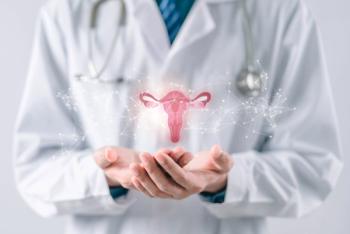
Screening for short cervix could reduce preterm birth
Ultrasound screening of all pregnant women for signs of a shortened cervix could be a cost-effective means of lowering the rate of pre-term births, even when routinely performed on low-risk women.
Ultrasound screening of all pregnant women for signs of a shortened cervix could be a cost-effective means of lowering the rate of preterm births, even when routinely performed on low-risk women, according to a study from the Department of Obstetrics, Gynecology, and Reproductive Sciences at the Yale University School of Medicine.
In presenting their study at the Annual Scientific Meeting of the Society of Maternal-Fetal Medicine in Chicago, researchers explained that shortened cervices increase the likelihood of a preterm birth. Although screening for shortened cervical length at 20 to 24 weeks' gestation is routine protocol in women who have previously given birth prematurely (ie, high risk), it is seldom used in women at low risk. The reason often cited is the cost-effectiveness of routine screening in low-risk women.
The study used a computer model to assess the outcomes and costs that occur with routine screening compared to no screening. Researchers determined that for every 100,000 women, routine care costs $6,523,365 more than the screening strategy, improves maternal quality of life, and results in decreased rates of neonatal death and long-term neurologic disorders in infants.
Werner E, Han C, Pettker C, et al. Universal cervical length screening to prevent preterm birth: a cost-effectiveness analysis [abstract]. Presented at: Society for Maternal-Fetal Medicine (SMFM) 30th Annual Meeting: The Pregnancy Meeting; February 1-6, 2010; Chicago, IL. Abstract 0460.
Yale University Office of Public Affairs. Screening for short cervix could improve pregnancy outcomes and reduce preterm birth [press release]. February 5, 2010.
Newsletter
Get the latest clinical updates, case studies, and expert commentary in obstetric and gynecologic care. Sign up now to stay informed.










